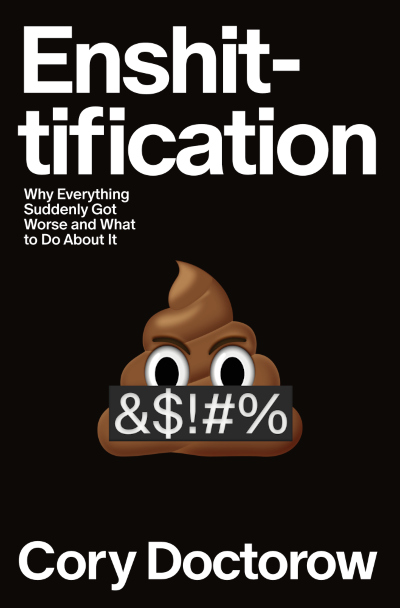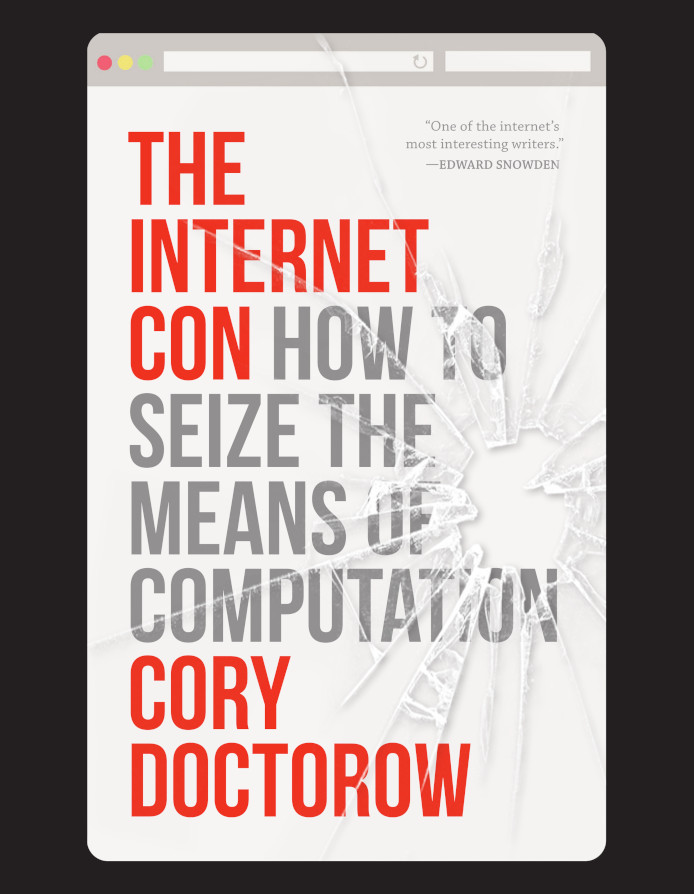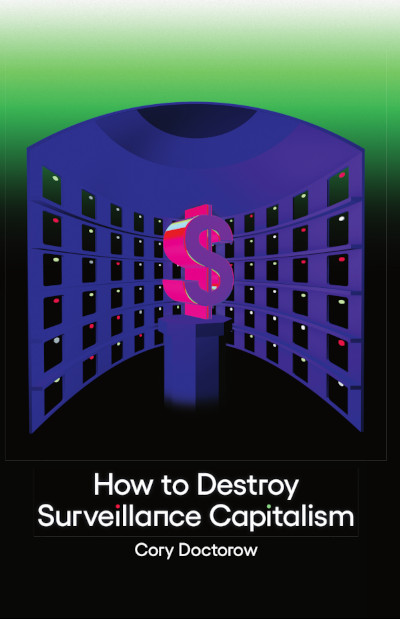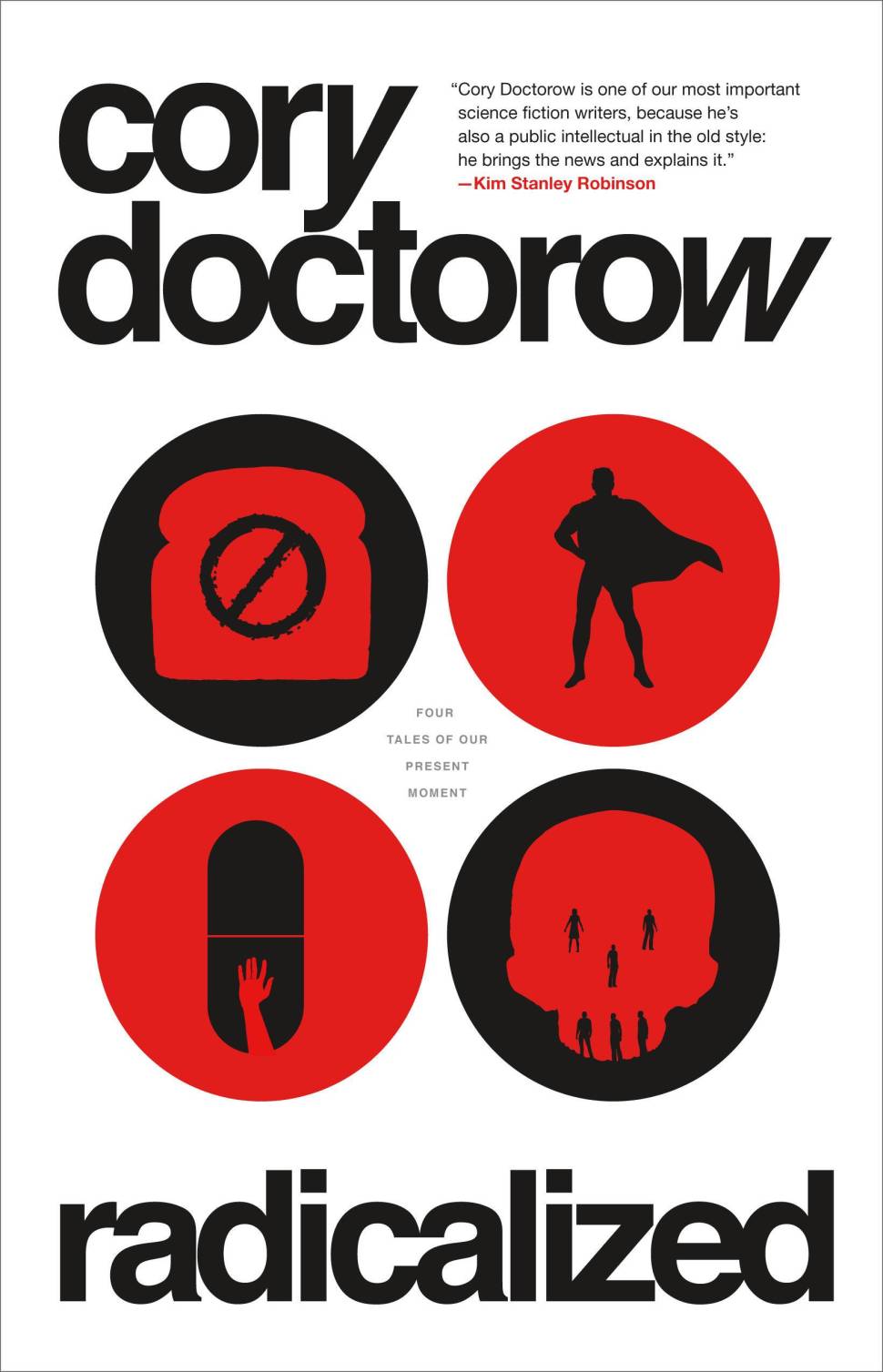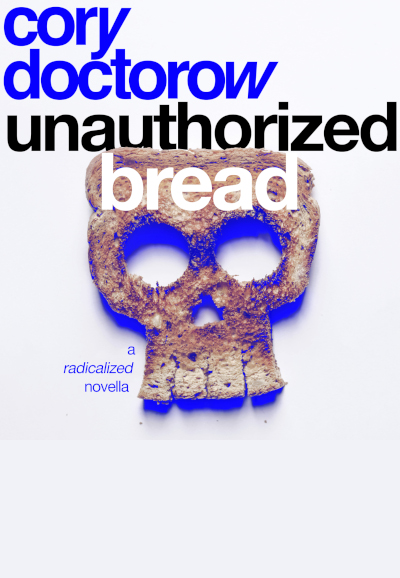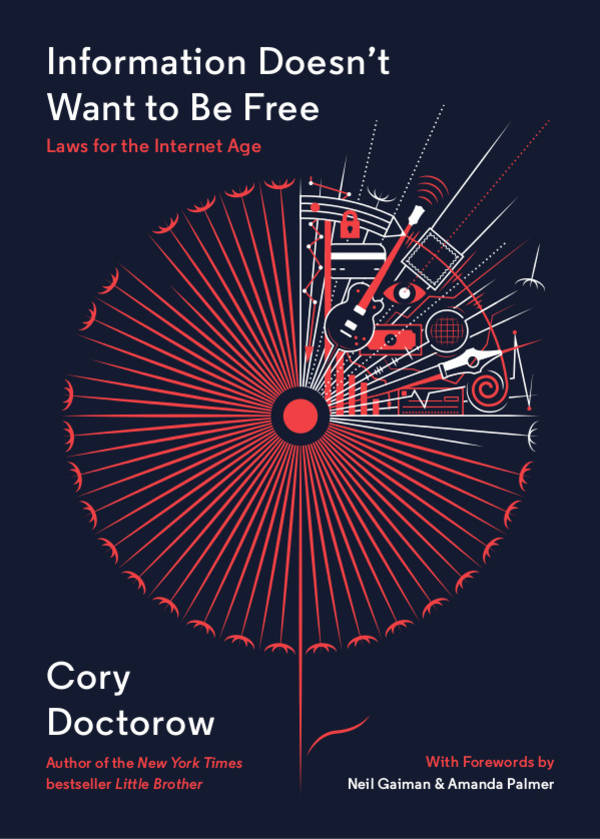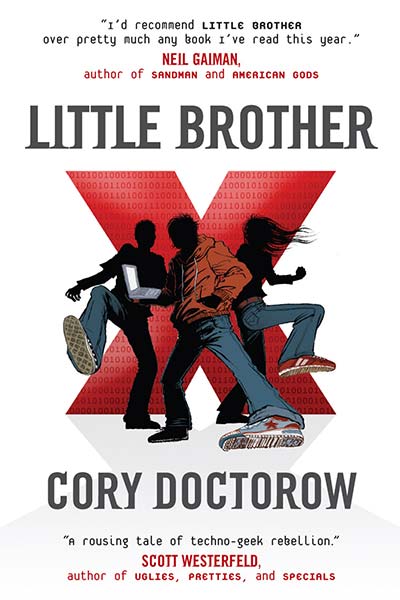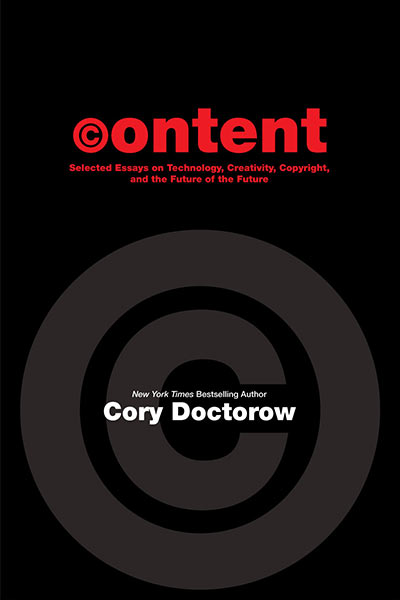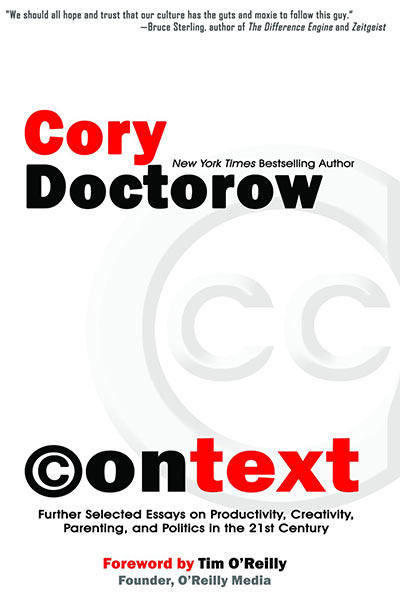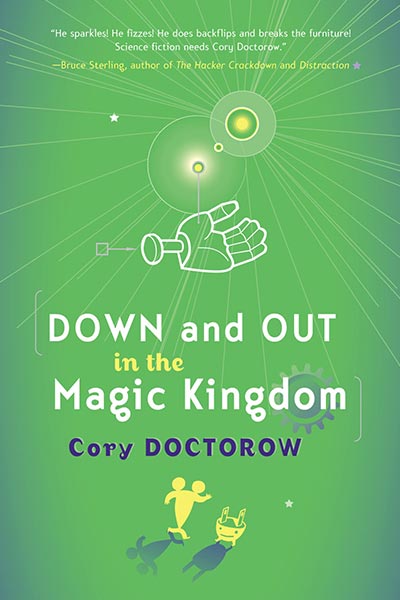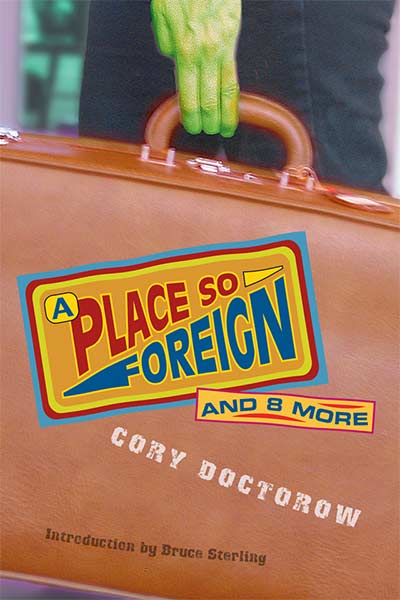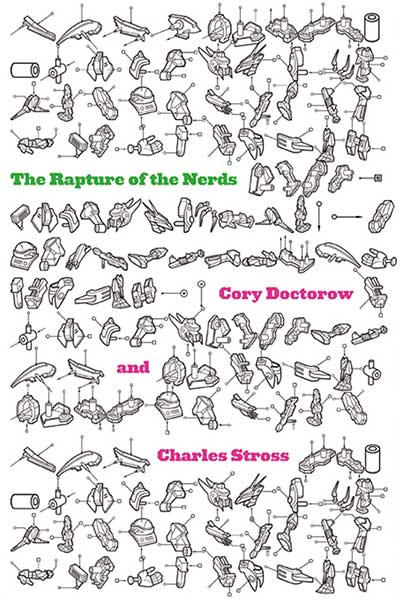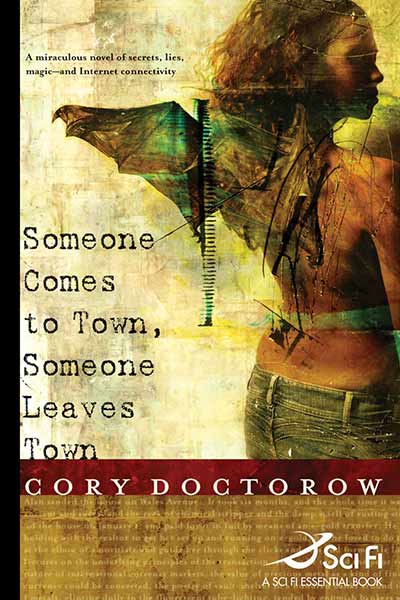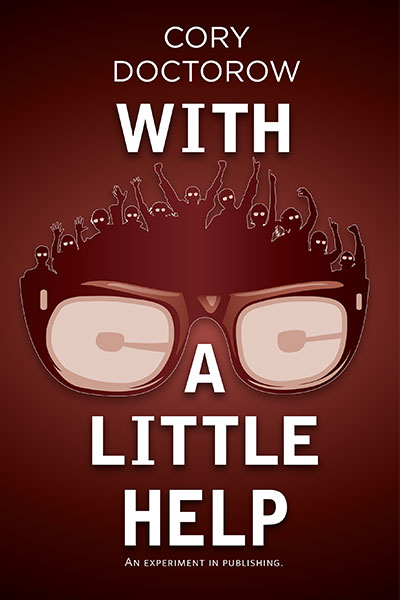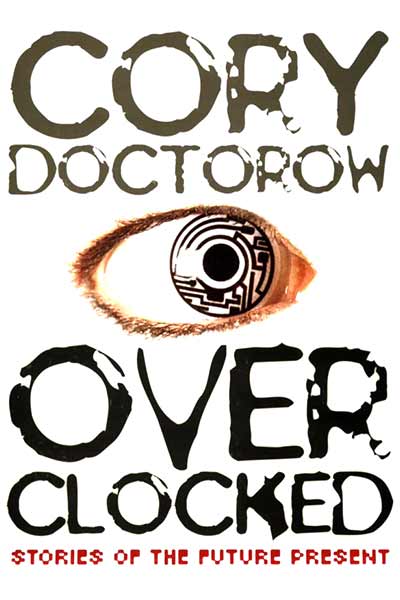
OpenSSL maintainer and Google cryptographer Ben Laurie and I collaborated on an article for Nature magazine on technical systems for finding untrustworthy Certificate Authorities. We focused on Certificate Transparency, the solution that will shortly be integrated into Chrome, and also discuss Sovereign Keys, a related proposal from the Electronic Frontier Foundation. Both make clever use of cryptographic hashes, arranged in Merkle trees, to produce “untrusted, provable logs.”
In 2011, a fake Adobe Flash updater was discovered on the Internet. To any user it looked authentic. The software’s cryptographic certificates, which securely verify
the authenticity and integrity of Internet connections, bore an authorized signature. Internet users who thought they were applying a legitimate patch unwittingly turned their computers into spies. An unknown master had access to all of their data. The keys used to sign the certificates had been stolen from a ‘certificate authority’ (CA), a trusted body (in this case, the Malaysian Agricultural Research and Development Institute) whose encrypted signature on a website or piece of software tells a browser program that the destination is bona fide. Until the breach was found and the certificate revoked, the keys could be used to impersonate virtually any site on the Internet.
